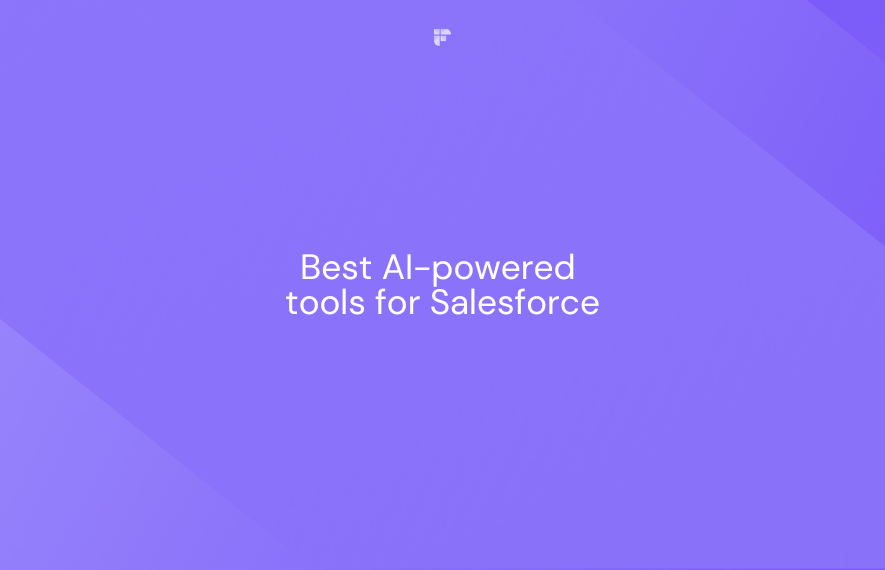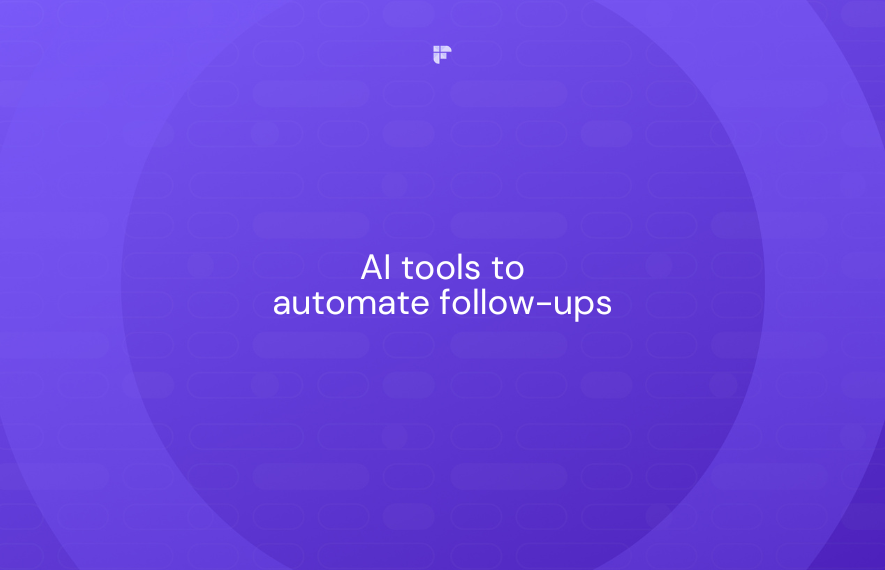AI has become the 21st century’s equivalent of Midas touch. Whatever it touches, become gold. Literally speaking, whatever Artificial intelligence engulfs, becomes tenfold better, precise, and convenient. Today no industry or business thrives without assistance from computers and technology.
Modern sciences play a crucial role in every walk of life. Science advances every day and keeps adding more feathers to its cap. A kid born today is 100% likely to have been brought up by machines and AI than human nannies. Gone are the days when technology was a rich man’s luxury or investment, AI is even causing the lines between social inequalities to get blurred.
The compilation of important data and the development of the Internet has made "just what the doctor ordered" atmosphere for innovative AI applications and services to cultivate.
Applications based on AI are by now in abundance in healthcare diagnostics, medical laboratories, transportation, public security, service humanoids and robots, schooling and education, and of course, entertainment.
AI is ever rising and will be practical in more fields in the coming years. Together with the Internet, AI changes the way we understand the universe and the human race and has the potential to be a new pillar for financial growth.
Common Human Functions That Can Be Performed By AI
By now, most of us know what Artificial Intelligence (AI) is and its application in today's world. But, a lot of us would be quite astonished to learn of a number of the skills AI already knows how to do. Robots powered by artificial intelligence can do most of the fundamental sensory functions that an average human can do today. These can do the following functions with ease.
1. Read
Often, we all wish to save time by only wanting to pay interest to the most important points in communication. It looks like our wish has come to life with artificial intelligence empowered "Summarize Bots".
They are capable of reading, memorizing and storing any news articles, website links, e-books, textbooks, emails, documents, audio and image files, etc. This automatic text summarization and restoration feature by artificial intelligence reads an entire communication and reports back the essential, vital, and most important part of the information.
At present, Summarize Bots are being used in Facebook Messenger, Slack, etc. and are based on natural language processing and blockchain technology.
2. Write
In today's media industry, big organizations like The L.A. Times, Washington Post, etc. rely on artificial intelligence to write and make posts apart from human intervention provided by professional journalists.
Although these write-ups do include many 5 W, 1 H formula (Who, What, Where, When, and How), AI is capable of developing further than this to create more original and creative writing as well. A lot of marketers are switching to artificial intelligence to make social media posts. Even novels and books are published nowadays with the assistance of artificial intelligence.
3. See
Machine vision refers to a situation where computers can “see” i.e visualize and analyze their surroundings to give outputs in the real world and make conclusions about it.
There is an abundance of astonishing ways in which machine vision is used these days, including facilitating autopilot cars, face recognition for investigation purposes, payment applications, and more. In manufacturing, the machines are now capable of visualizing and assisting in product quality control.
4. Listen
Artificial intelligence is capable of even detecting sounds of gunshots, analyzing the sound waves, and then alerting related agencies. This is one of the mind-boggling things AI is capable of when it hears and comprehends sounds. Today, smart devices come loaded with digital voice assistants like Google Assistant or Siri to respond to your queries. They are extremely fast and convenient.
5. Speak
Artificial intelligence is capable of speaking. It is undoubtedly helpful and convenient to have Siri, Alexa, and Google Maps respond to your questions. Nowadays, Google Duplex is used which takes things one level up and uses AI to plan appointments and complete errands over the phone calls. It can react to the questions given by humans with much precision.
6. Smell
Artificial Intelligence is being used in laboratories and healthcare abundantly. It can sense chemical compounds called aldehydes that are connected with human illnesses, diseases, and stress. Artificially intelligent robots can recognize gas leaks or other scathing chemicals, as well. It is also being used to develop perfumes as well.
7. Touch
Robots are also used in the fruit industry for accurate picking of ripened fruits. For example, Robots can detect ripened raspberries through sensors and even pick them and place them into a basket! Other than that they are commonly used in automobile and Smartphone manufacturing factories to pick and keep loads of pieces.
How does Artificial Intelligence work?
AI works by gathering huge information with fast, iterative processing and smart algorithms, allowing the software to learn mechanically from patterns or features in the information. AI is an extensive ground of study that includes many theories, methods, and technologies.
1. Data Feeding
It computerizes the logical model building. Data feeding uses data input and physics to find out hidden insights in data without even looking at where to look or what to bring to closure.
The process of learning begins with observation, such as examples, experience, or instruction, to look for patterns in data and make better decisions in the future based on the examples that are made available.
The primary endeavor is to allow the computers to learn automatically without human intervention or assistance and adjust actions accordingly. One such data input is Sound and Voice recognition.
When sound waves are fed into the system, they need to be sampled first. Sampling means breaking down of the constant voice signals into separate, smaller samples- as little as a thousandth of a second.
These smaller samples can be fed straight to a Recurrent Neural Network (RNN) which makes the engine of a speech recognition model. But to get a better and accurate result, pre-processing of sampled signals is done.
2. Recurrent Neural Network
It is a form of machine learning that is completed and made up of interconnected pieces (like neurons in the human brain) and develops the data by responding to external inputs, relaying data stuck between each unit.
The method requires numerous passes for the information to discover connections and derive meaning from indeterminate data. These networks are capable of taking an enormous set of data and processing by drawing out patterns from it to generate an output.
They learn from patterns and examples. Neural Networks are proved to be resourceful by applying deep learning to identify patterns in images, texts, and speech.
Recurrent Neural networks (RNN) have memory i.e., they are competent in influencing future outcomes. So RNN reads every letter with the possibility of predicting the next letter as well.
For example, if a user says "MY NAME", it is very expected that he will respond with "IS" after that, not some gibberish such as XYZ. RNN saves the preceding predictions in its memory to correctly make the future predictions of the spoken words.
3. Long Short Term Memory (LSTM)
RNN cannot process extended sequences. To overcome this difficulty, scientists came up with "Long Short Term Memory or LSTM." While RNN has only one structure, LSTM has four structures.
They contain a cell state that allows data to flow through it. By applying gates, data can also be added or removed. It employs three types of gates: input, output, and lastly, forget gate. These three gates together defend or manage the cell state.
LSTM also uses sigmoid utility that only gives two outputs. Either they will pass each of the information that was given at the input or no input information will be passed through at all.
4. Natural Language Processing (NLP)
NLP is the skill of computers to examine, comprehend, and produce human language, including speech. The subsequent stage of NLP is natural language communication, which allows humans to converse with computers using normal language to carry out tasks.
The learning actions used during machine learning automatically center on the most common cases, while when writing rules manually, it is frequently not at all apparent where the effort should be directed.
Automatic learning procedures can utilize statistical algorithms to create models that are tough or have unfamiliar inputs. Like - containing words that have not been seen before or misspelled words or words that are accidentally omitted. By and large, handling such input manually is tremendously hard, prone to errors and time-consuming.
Rules can be made more accurate for systems based on automatic learning, simply by supplying extra input data. Though, systems based on manual rules can only be made more precise by increasing the difficulty of the rules, which is a much more difficult task than you think it is.
In particular, there is a boundary to the difficulty of systems based on handcrafted rules, further than which the systems turn out to be more and more unmanageable. However, creating more data for machine learning systems requires a matching increase in the number of human efforts, generally without major increases in the difficulty of the annotation procedure.
Quantum Computers & A.I.
While major multinationals like Facebook, Google, Apple, and Tesla produce groundbreaking advancements to how we act together with machine-based learning technology, a lot of us are still naive on just how this technology is being used in the present day by businesses, both small and big.
How much of an outcome will this technology have on our potential lives and in what additional ways will it seep into our everyday life? How much of an upgrade will AI have on the existing versions of this so-called technology?
The fact is, humans have always been obsessed with their ability to improve lives across every sector, and the use of technology has turned out to be the channel for doing just that. This is being done by the means of artificial intelligence. A.I. will also turn out to be smarter, quicker, more fluid, and human-like, all thanks to the massive rise of quantum computing.
Quantum-based computers will help us get to the bottom of all of life's most multifaceted problems and mysteries regarding the universe, aging, ailments, conflicts and wars, poverty, food shortage, the genesis of the cosmos and deep space investigation. This will in no time command all of our A.I. systems, acting as the core brain to these marvelous human machines.
Quantum based computers have some of their intrinsic risks. What happens after the first quantum-based computer goes online, making the rest of the world's computing obsolete? How will the existing architecture be protected from the threat that these quantum computers pose?
Considering that the human race lacks any Quantum Resistant Cryptography (QRC), how will a nation like the United States of America or Russia look after its worldly goods from mischievous nations or opposition that are hell-bent on using quantum-based computers to hack the world's most secret and valuable information?
Artificial Intelligence and Our Personal Space
Machine-based intelligence is making its way into our lives rapidly, which has affected our lifestyles whether we admit it or not, how we live, work and entertain ourselves. From voice-powered private assistants like Siri, Google Assistant and Alexa, to more essential technologies such as behavioural algorithms, evocative searches, and autopilot vehicles having highly influential analytical capabilities.
There are several examples and applications of artificial intelligence in use in the present day. But the technology is still in its formative years. What a lot of companies are calling A.I. today, they aren't essentially A.I. A factual artificially-intelligent arrangement is one that can become skilled on its own.
We are talking about neural systems like Google's "Deep Mind", which can make connections and get to meanings without depending on previously defined behavioral algorithms and tactics. Essential Artificial Intelligence is capable of getting better at past iterations, being smarter and more conscious, allowing its capabilities to augment and its information to further.
Further than our quantum computing mystery, today's so-called Artificial Intelligence systems are simply advanced machine-based learning software with wide-ranging behavioral algorithms that become accustomed to our likes and dislikes. At the same time as it is extremely constructive, these machines are not getting smarter in the existential intellect, but they are programming themselves to become helpful based on some dataset.
These are some of the most common examples of artificial intelligence that are being used today.
Siri
Everyone is well aware of Apple's private assistant, Siri. She is the pleasant voice-activated computer with which we act together on an everyday basis. She assists us to come across facts and information, gives us navigation, adds events and meetings to our calendars, aids us to send messages, and so on.
Siri is a simulated intellectual digital individual assistant. She uses machine-based learning technology to get smarter and be able to envisage and appreciate our natural language questions and requirements.
Cogito
Cogito is to a certain extent, possibly one of the best examples of behavioral edition to get better at the emotional intelligence of client support that exists in the market today.
The company is a combination of machine-based learning and behavioral sciences to get better at customer communication for phone professionals. This is relevant to millions of voice calls that are going on on a daily basis.
Boxever
Boxever is a company that leans a great deal on machine-based learning to enhance the customer's experience and knowledge in the travel industry and convey 'micro-moments’.
It is through machine-based learning and the practical use of A.I. that the company has conquered the playing field, helping its customers to find new ways to fit into place with their customers in their travel journeys.
John Paul
John Paul is a luxury based travel company. It is another influential example of effective Artificial Intelligence in the prognostic algorithms for accessible client interactions, that is able to comprehend and get familiar with their requirements and needs on a finely tuned level.
The company powers the janitor services for millions of clients through the world's biggest companies such as VISA, Orange and Air France, and was recently bought by Accor Hotels.
Amazon
Amazon's transaction-based artificial intelligence is something that has been in existence for some time, allowing it to make large sums of money online. As its algorithms advance more and more with each passing year, the company has gotten intensely smart at predicting in a minute what we are concerned in purchasing on the basis of our online behavior.
While Amazon plans to ship products to us ahead of us being even familiar with whether we need them or not, it has not quite gotten there yet. But it is mostly without any doubt on its horizons.
Netflix
Netflix provides extremely precise intuitive technology based on clients' reactions to films. It examines billions of records to put forward films that you might like on the basis of your previous reactions and choices of films. This technology is getting even smarter year by year as the dataset develops.
On the other hand, the technology's only negative aspect is that most small labeled movies go overlooked while big-named movies grow up and get even bigger on the platform.
Pandora
The artificial intelligence of Pandora is perhaps one of the most groundbreaking technologies that continue to exist there today. They describe it as their musical DNA. Based on 400 musical distinctiveness, each song is first by hand analyzed by a group of professional musicians on the basis of these criteria, and the arrangement has an unbelievable track record for recommending songs that would otherwise go unobserved.
Future Of Artificial Intelligence
Making machines mimic human intelligence and behavior is the ultimate goal here, but in terms of achieving this, it is as difficult as explaining the origin of life on Earth. Most of the focus has been on coming up with specialized AI and due to the availability of enormous data and access to super computation, the results that have been achieved are spectacular.
The road to perfecting AI is long and full of challenges. Humans even need to understand the social implications of this life-changing technology they are developing. But one thing is for sure, Artificial Intelligence will help ensure the survival and dominance of the human race on this planet for millennials to come.








